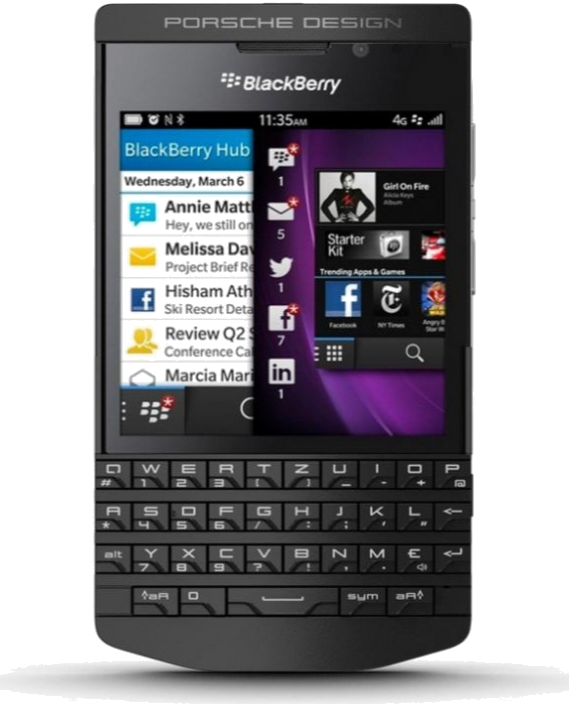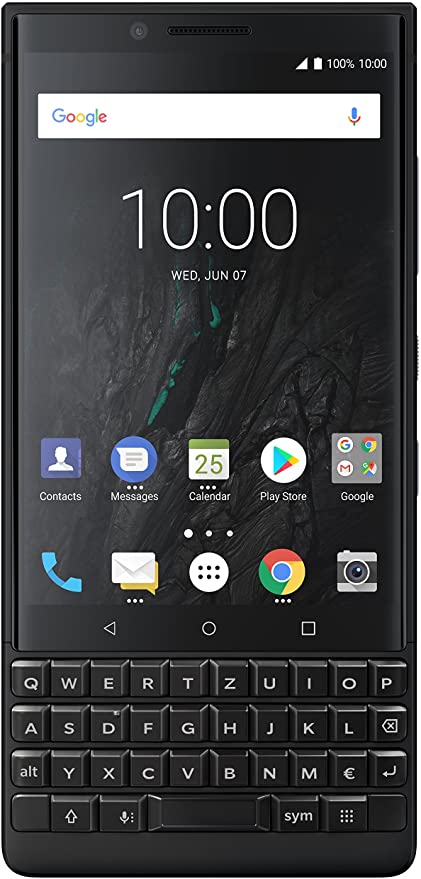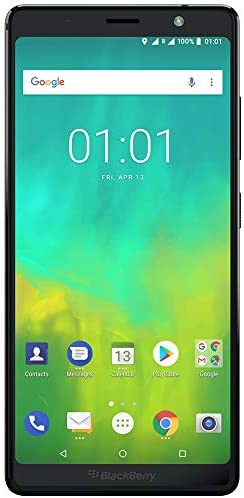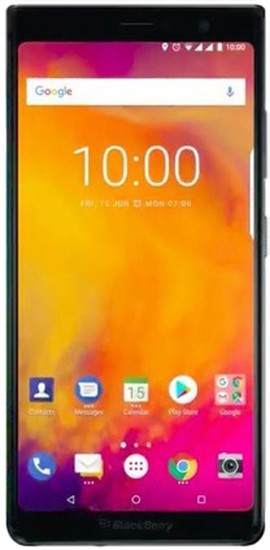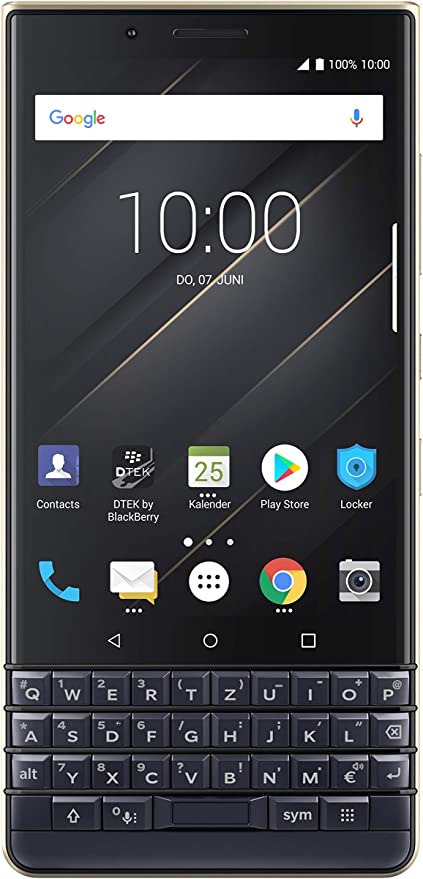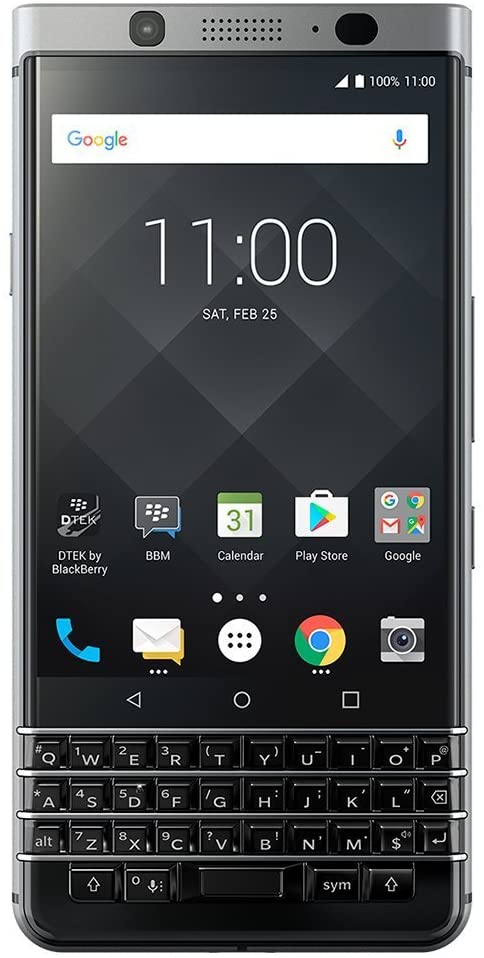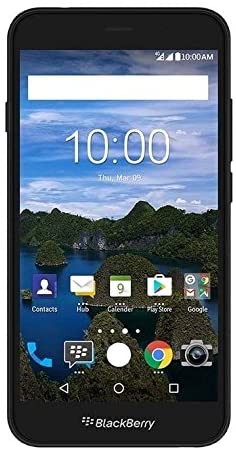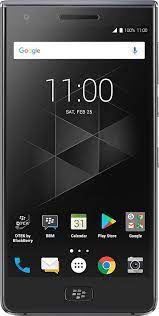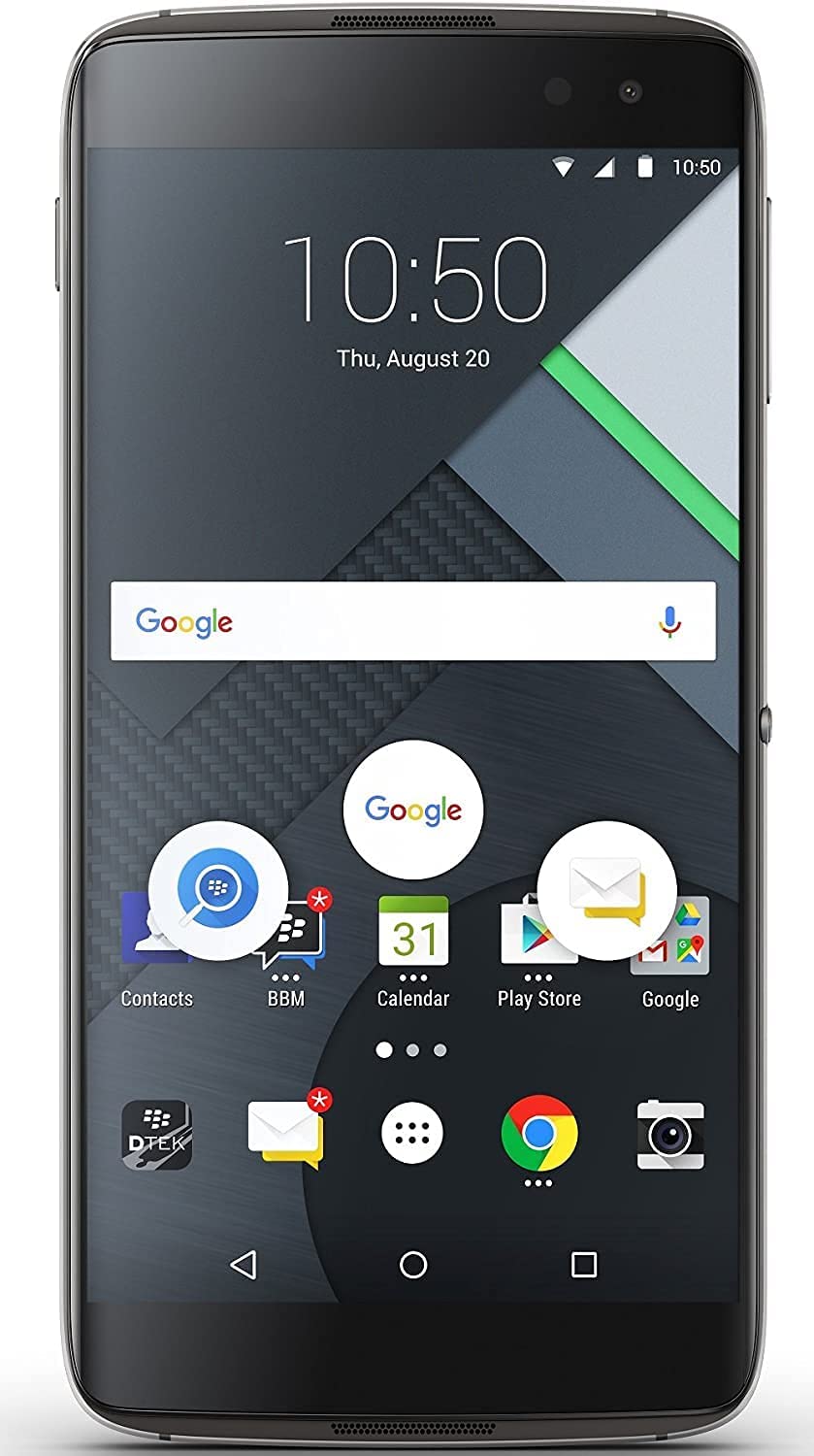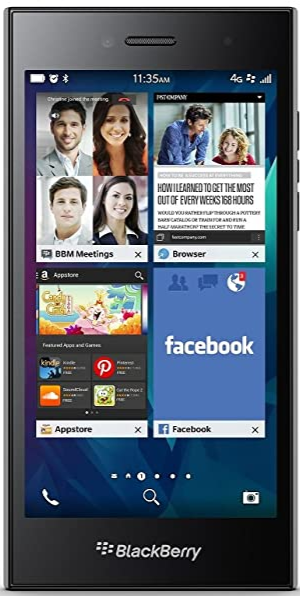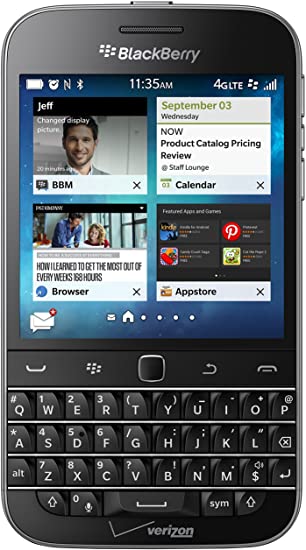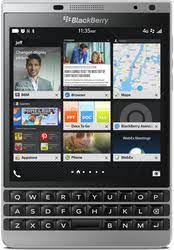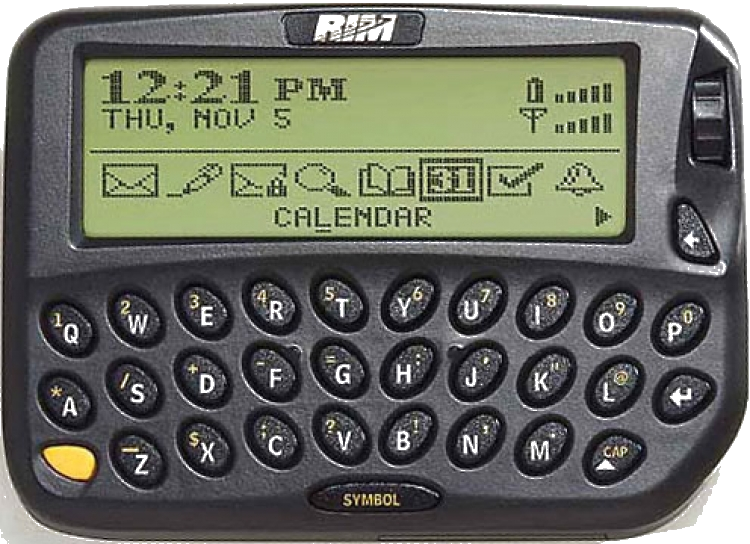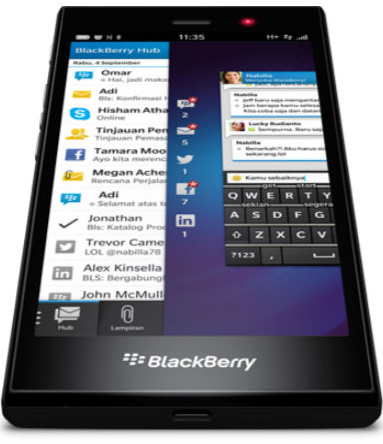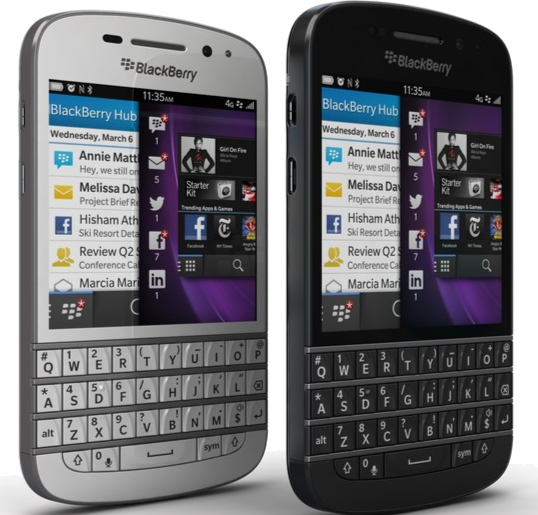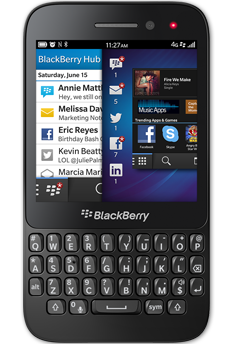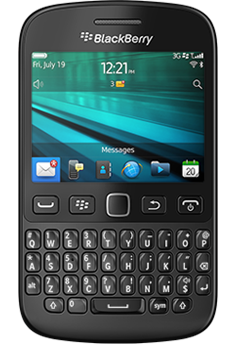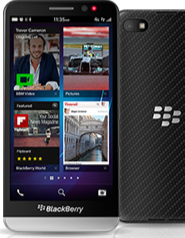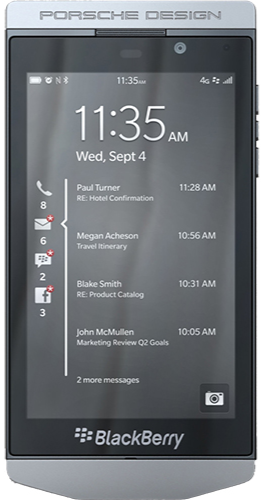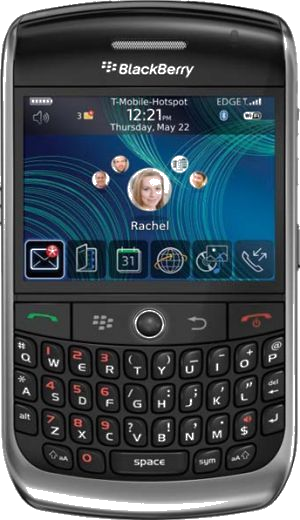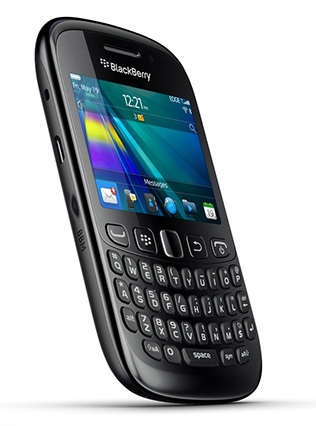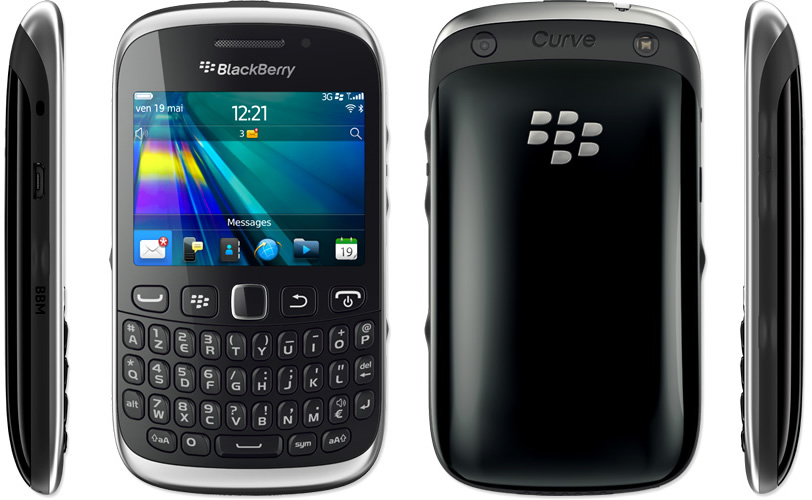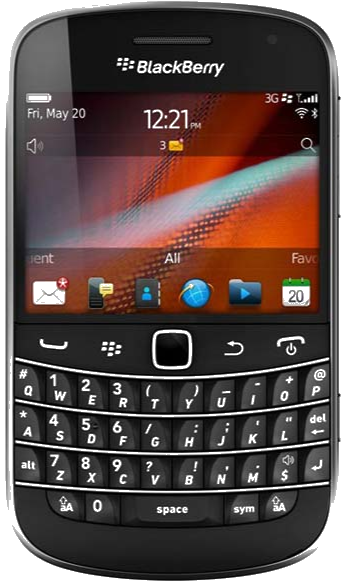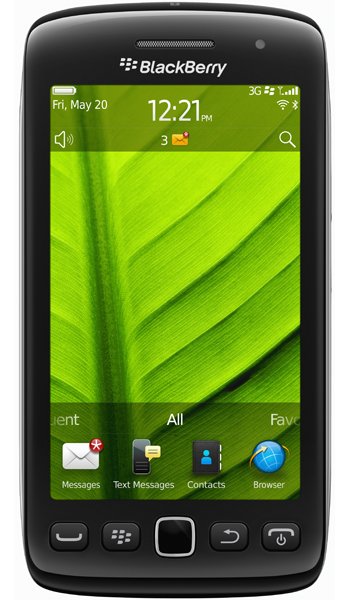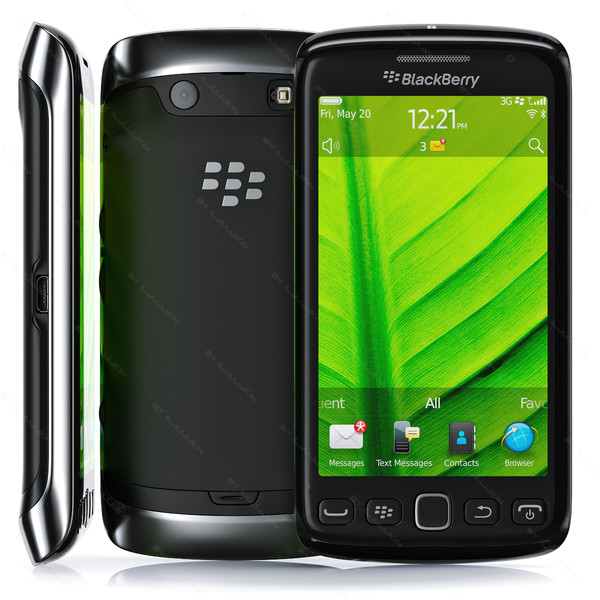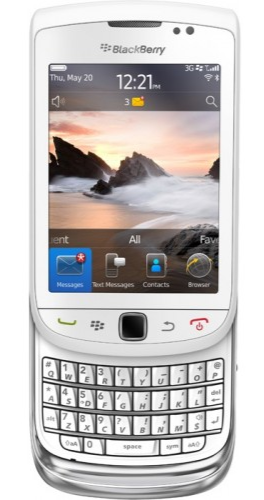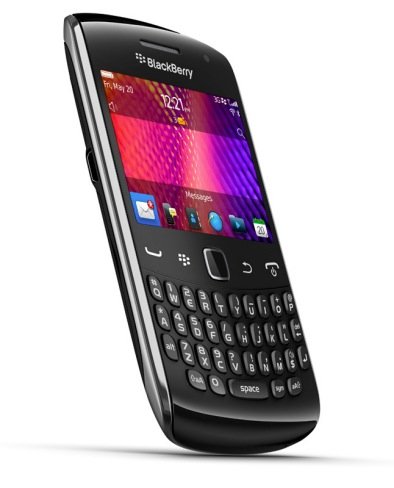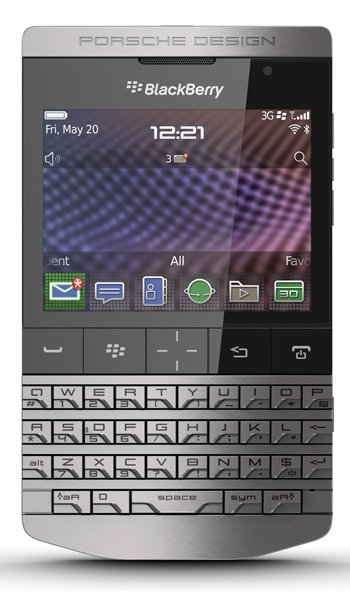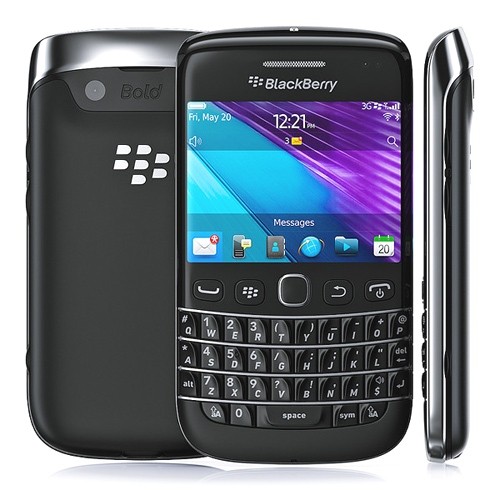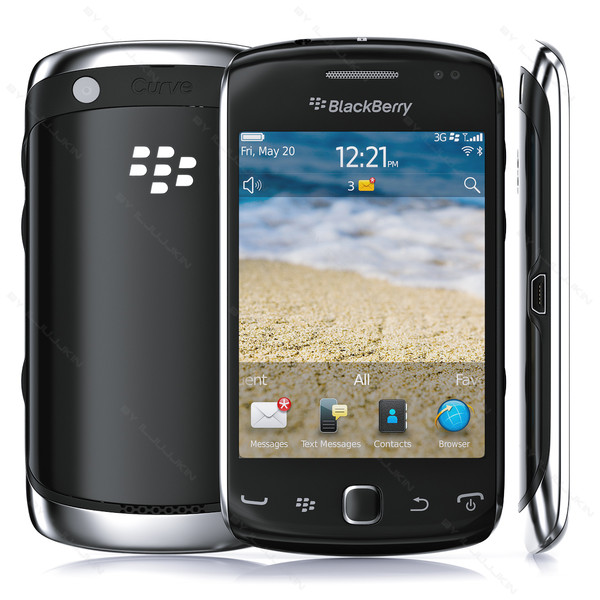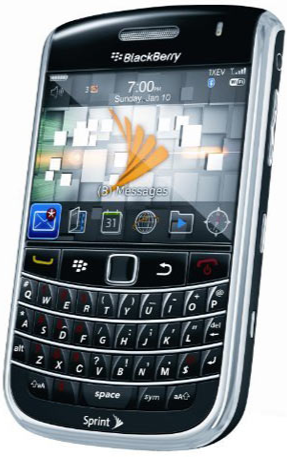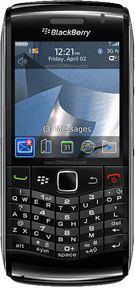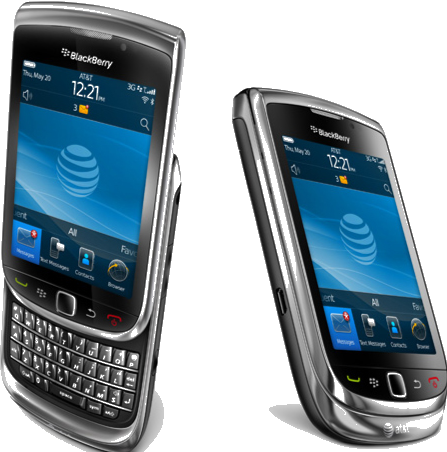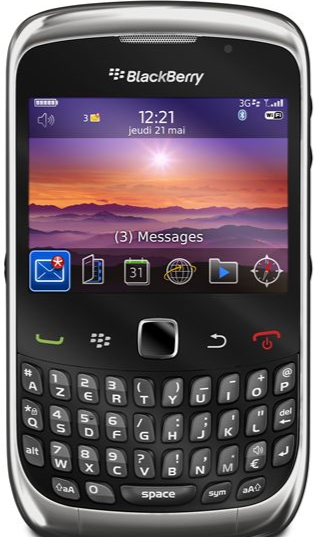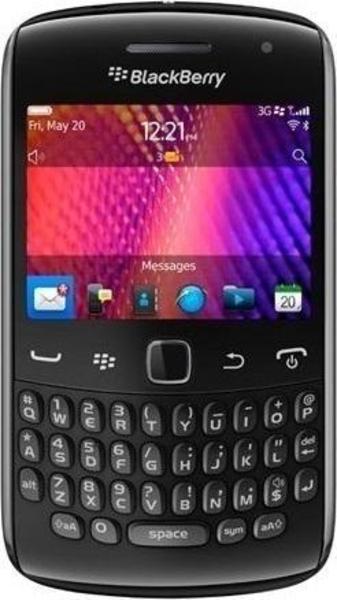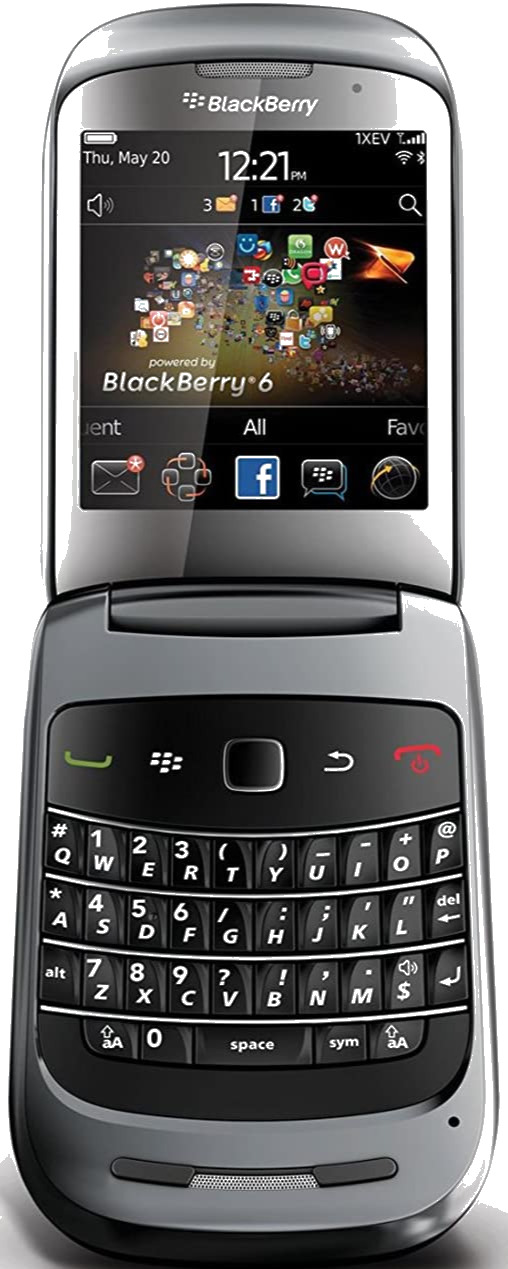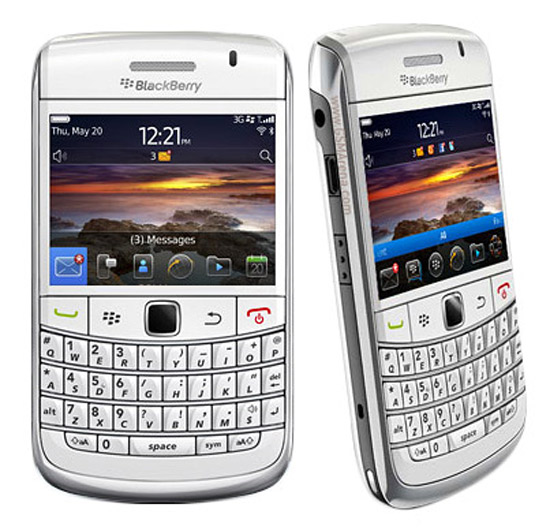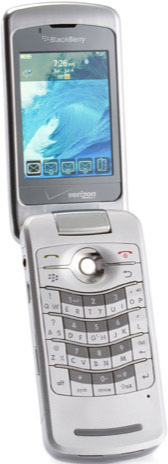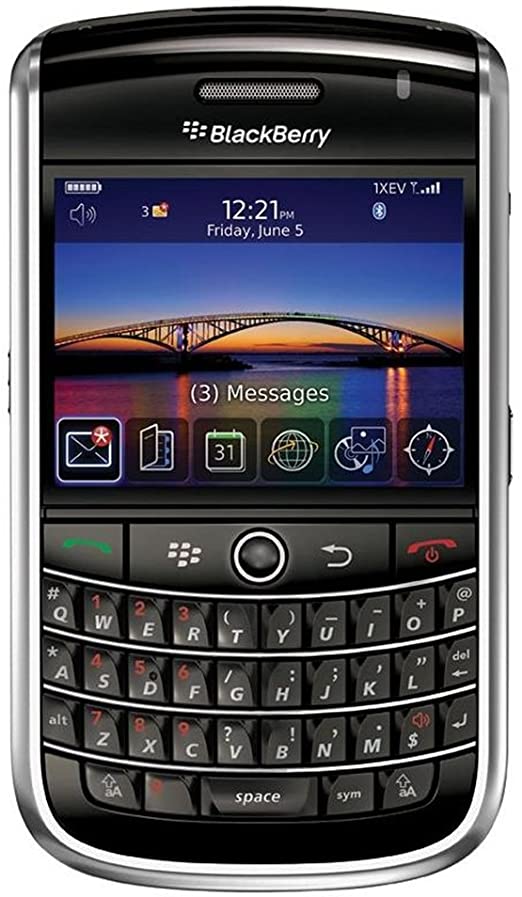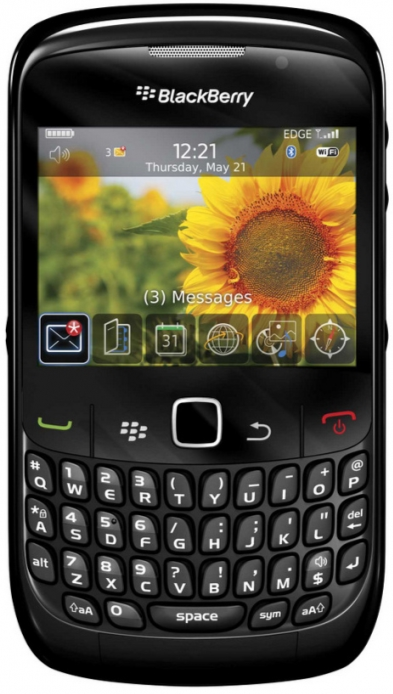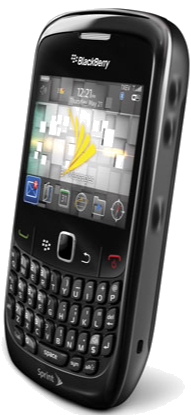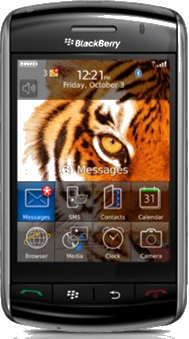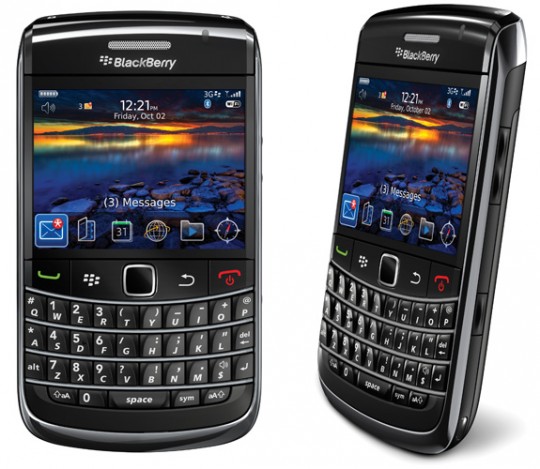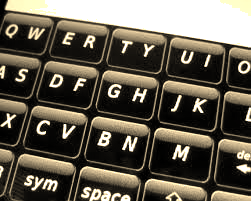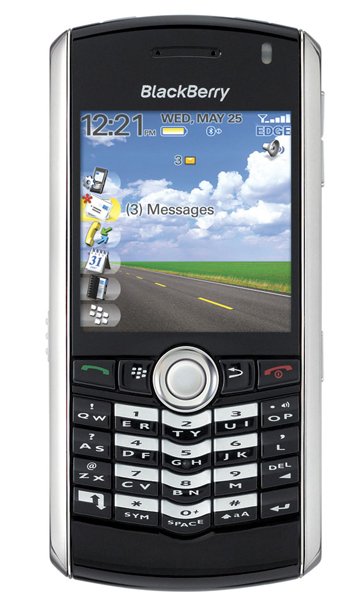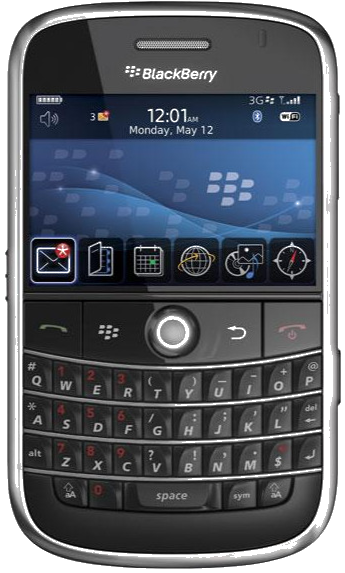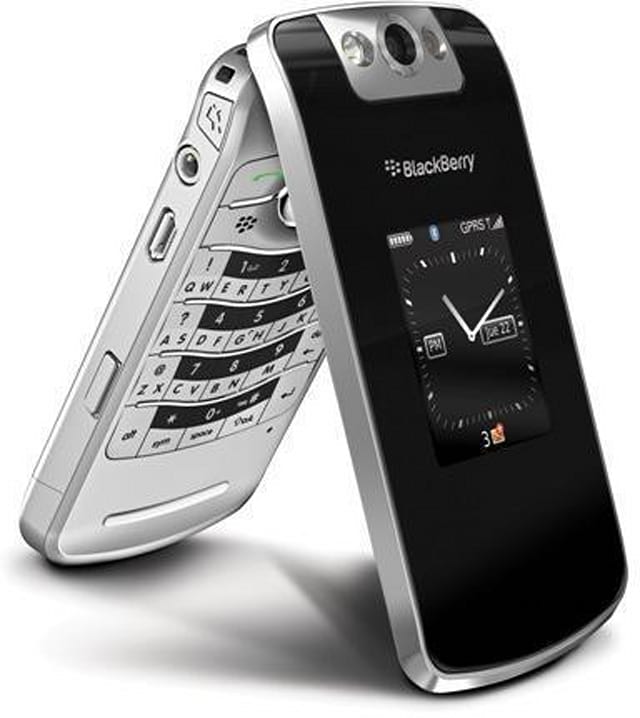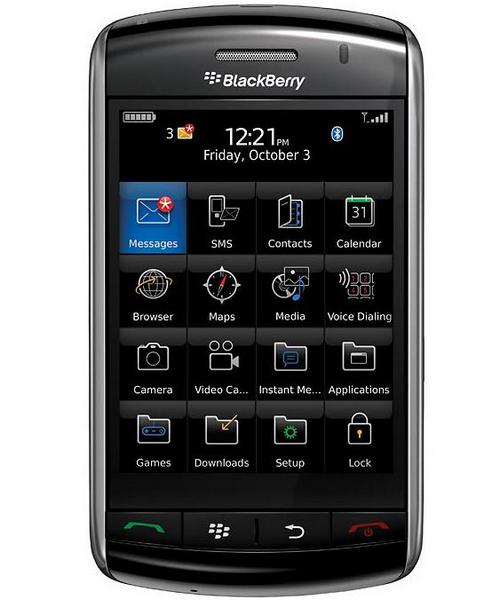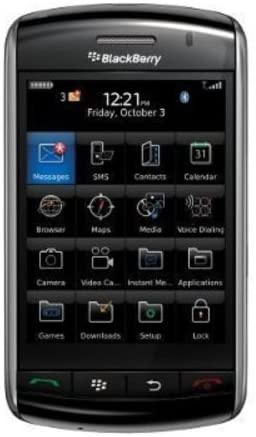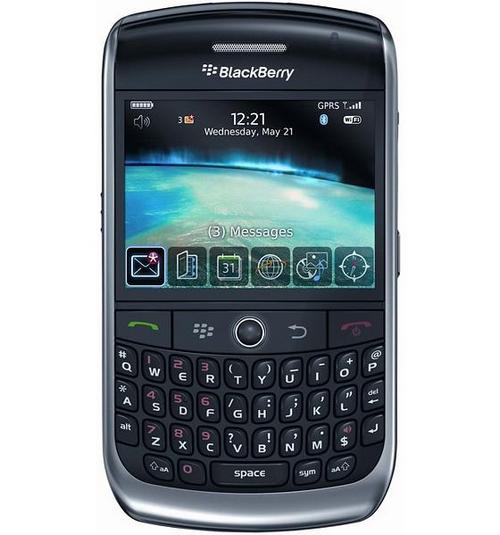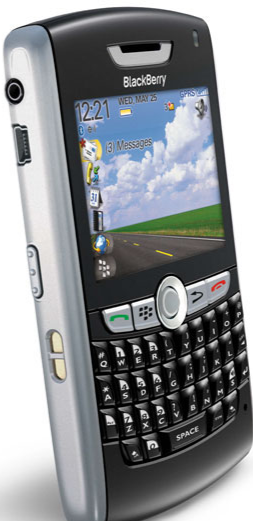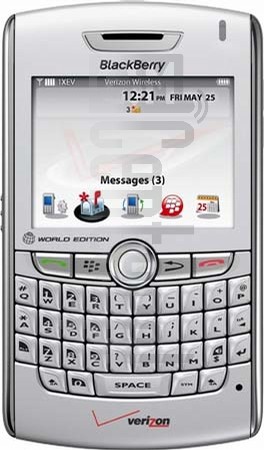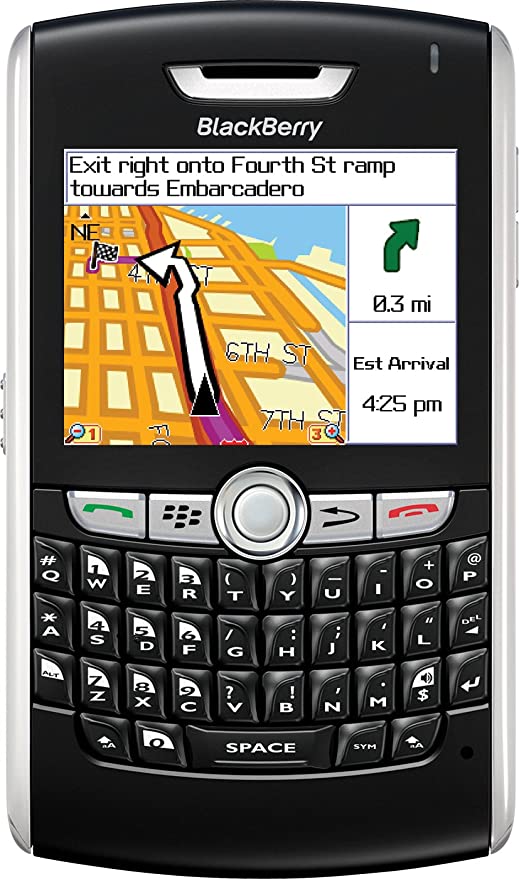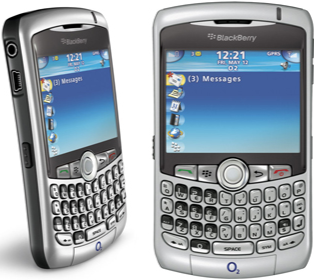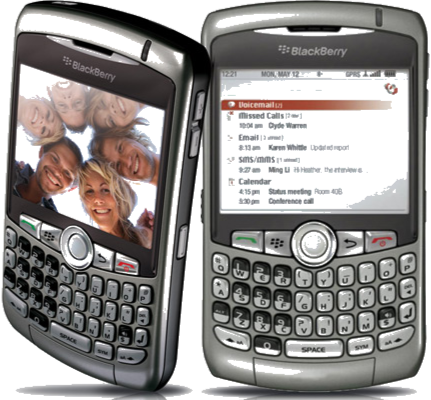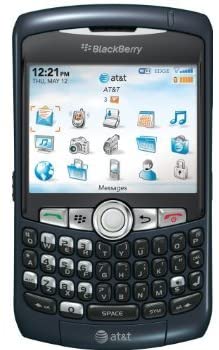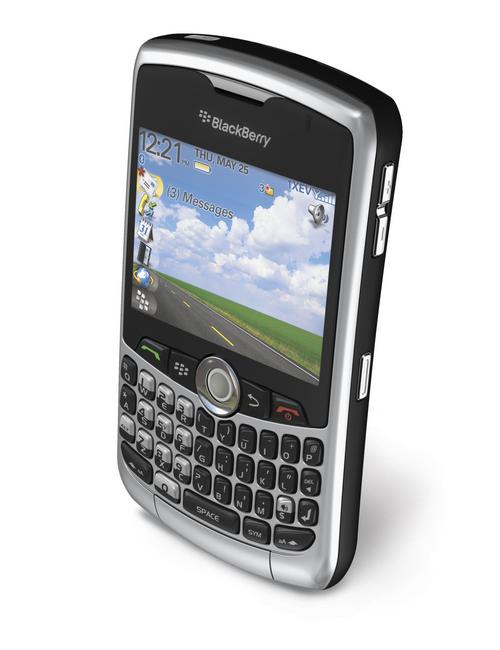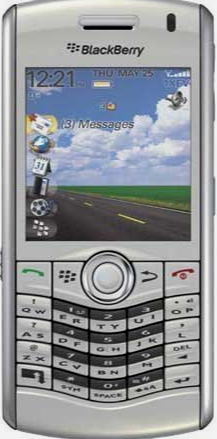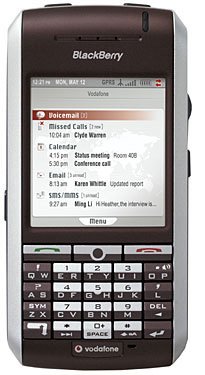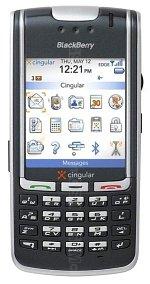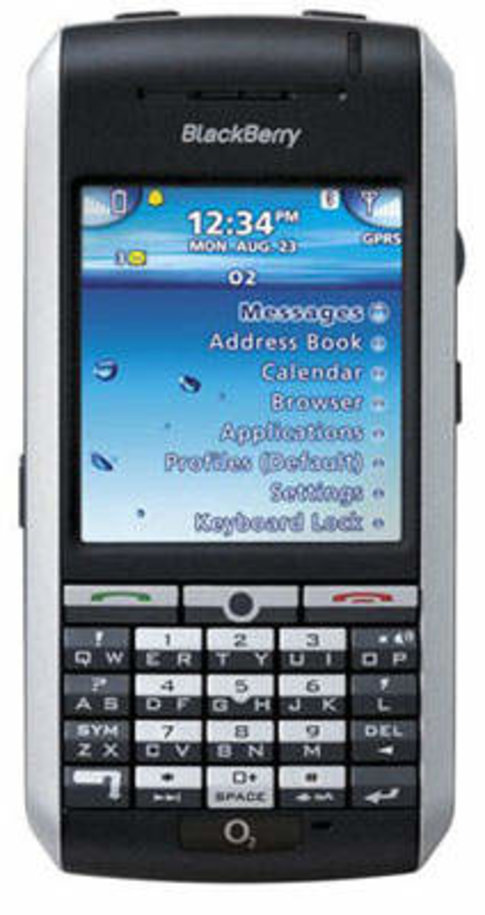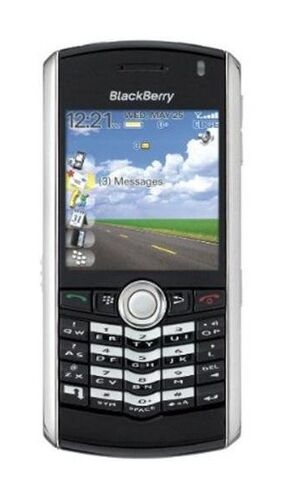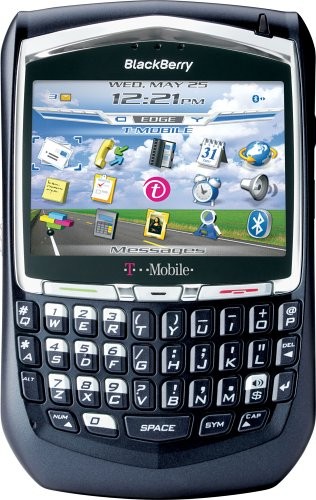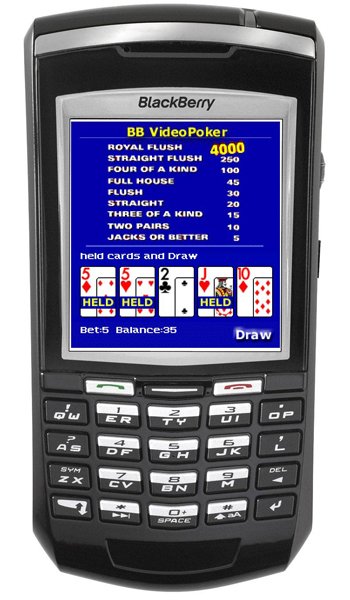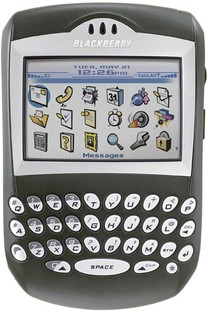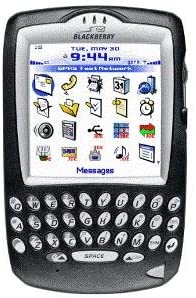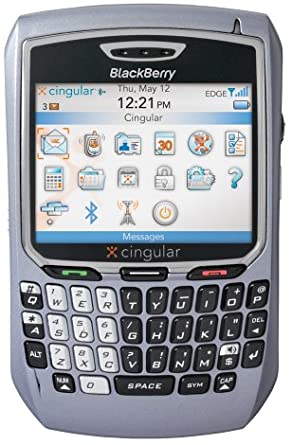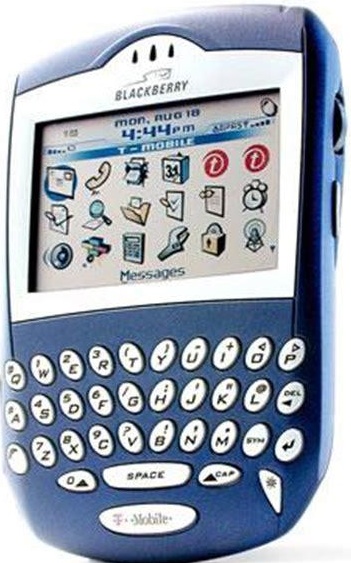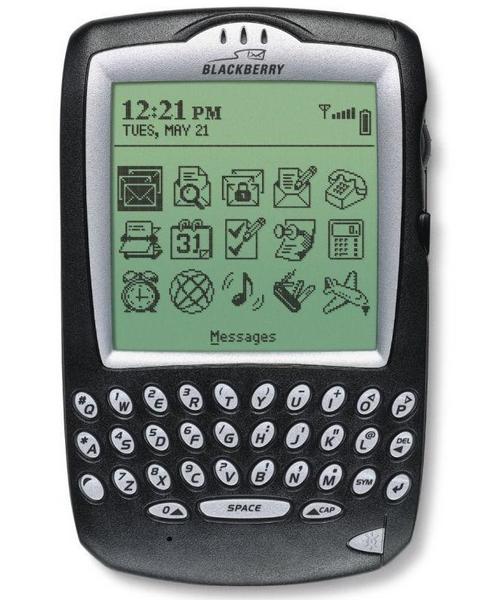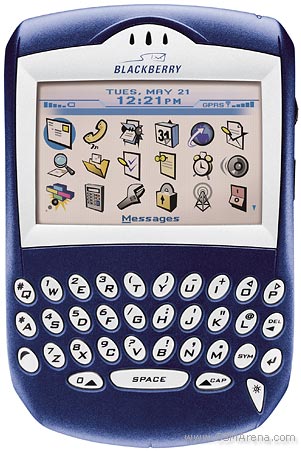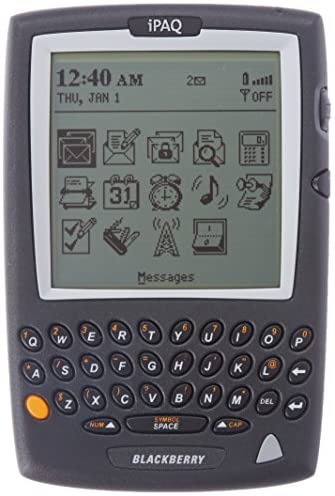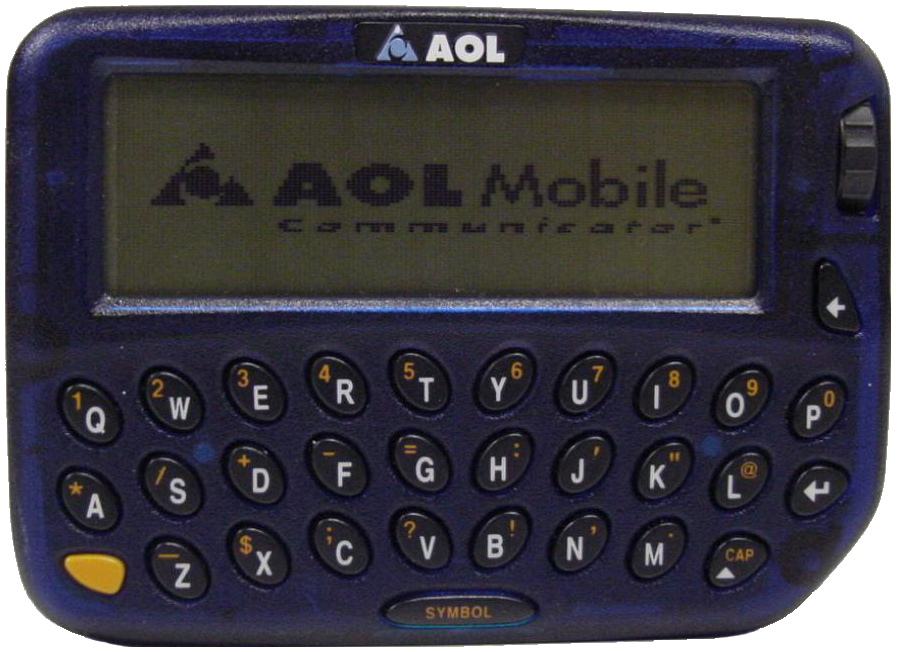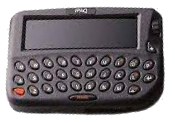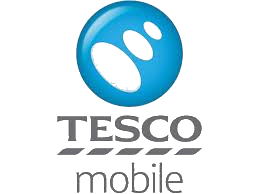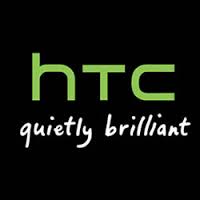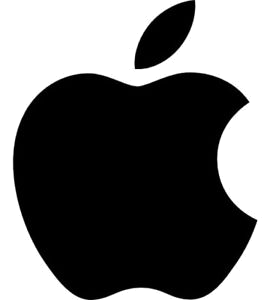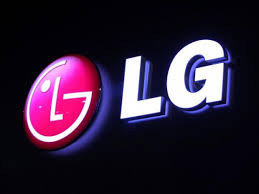Blackberry

|
Blackberry was founded in 1984 by Mike Lazaridis
at age 23 and Douglas Fregin, in Waterloo,
Ontario Canada, it was at that time known as Research
in Motion Limited. Its is a line of SmartPhones, tablets
and services originally manufactured and supplied by the Canadian company. |
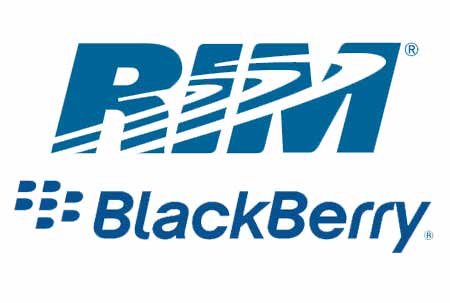 |
Some Blackberry latest SmartPhones since they began and the rest, but they have come from a long way.
It only officially became known as BlackBerry in 2013, but before this time was known as RIM (Research In Motion Ltd) for many years.
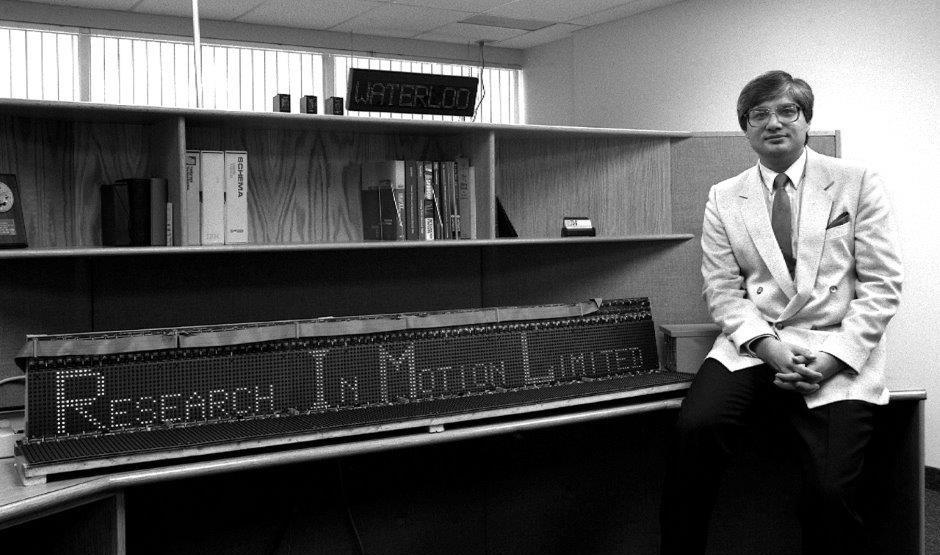 Mike Lazaridis in the early days
Mike Lazaridis in the early days|
Mr. Lazaridis, a great engineer co-founded RIM in a tiny Waterloo office above a bagel shop in 1984. It must be said for the record, thier handsets were cult Mobile devices, inspiring a kind of slavish devotion perhaps matched only by Apple products, the same can be said for Motorola. |
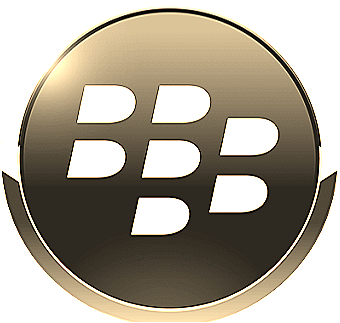 |

2018
 |
RIM worked hand in hand with government and in 1988 began developing products for Mobitex wireless packet-switched data communications networks, that was used by military and police forces, ambulance and firefighters services. |

2017
|
Before releasing its electronics RIM worked on a two-way paging and wireless email network system with Ericsson iconised by the ability of all Blackberry handset users to communicate between themselves (for free) known as pinging, this is one of the aspects that made them unique to Mobile Phones users. |
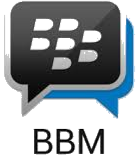 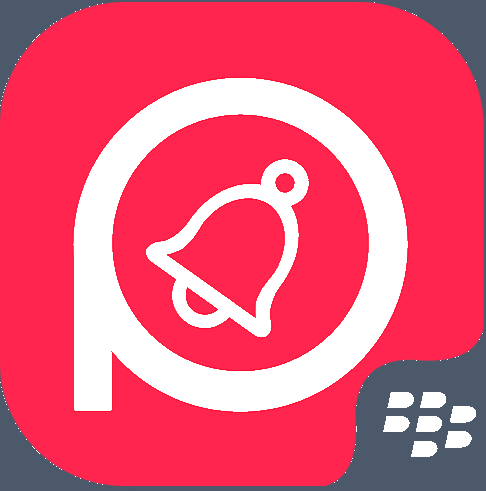  |

2016
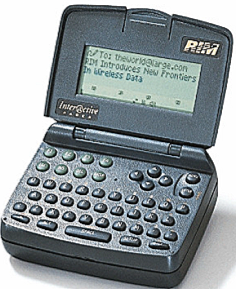 1996 RIM Inter@ctive Pager 900 1996 RIM Inter@ctive Pager 900 |
The real fact is that BlackBerry achieved market share in the mobile industry by focusing on email. BlackBerry started to offer email service on non-BlackBerry devices, such as the Palm Treo, through the proprietary BlackBerry Connect software.
Jim Balsillie joins RIM in 1992 and then he would become co-CEO along with Mike Lazaridis. |

2015
|
The first produced device was the Inter@ctive Pager 900, also known as the RIM 900, its first keyboard-based device released on September 18, 1996. It was a clamshell- kind of device that allowed two-way paging. The next two-way pager released was a dramatically slimmed down two-way pager, the Inter@ctive Pager 950, on August 26, 1998. |
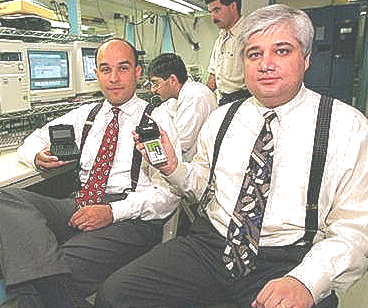 Jim Balsillie on the left holding the 1996 RIM Inter@ctive Pager 900 with Lazaridis Jim Balsillie on the left holding the 1996 RIM Inter@ctive Pager 900 with Lazaridis |
|
|
And then behold the very first device with the BlackBerry name on it was the BlackBerry 850, an email pager that was released January 19, 1999 in Munich, Germany. In the same year the stock symbol RIMM is added to Nasdaq and then RIM announces it has received FCC approval in the U.S. to begin selling its first BlackBerry device, the 850, with mobile email. |

2014
|
From here on in, the name Inter@ctive Pager was obsolete and was no longer used as a brand name for the the device. The top marketing company Lexicon Branding came up with the name BlackBerry and rightfully so, as they saw that the keyboard's buttons looked like that of the drupelets that compose the blackberry fruit. |
 |
However even though the 950 and the 850 appeared identical when you looked at them, the 850 was the first device to integrate email.
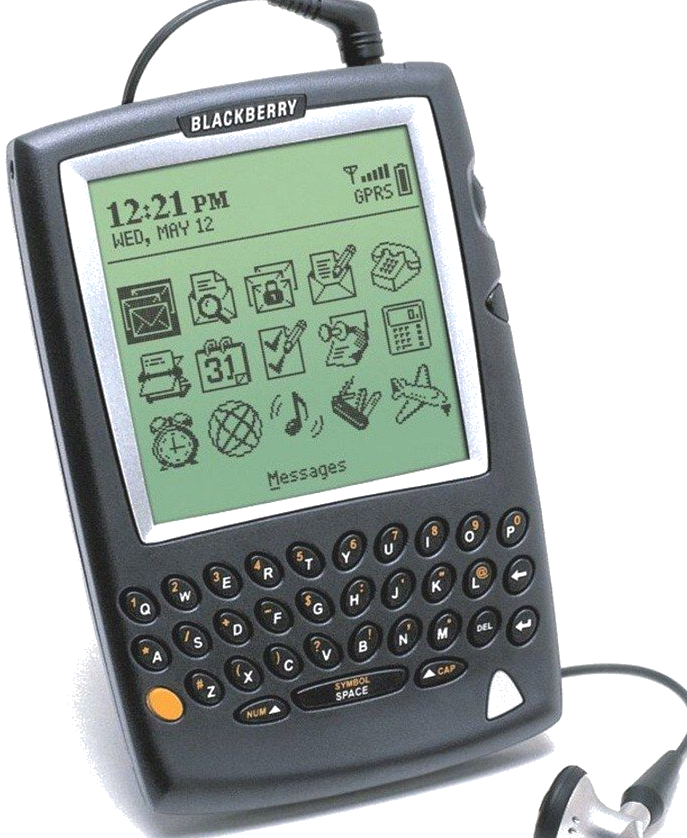 BlackBerry 5810 BlackBerry 5810 |
With the release the BlackBerry 5810 in 2002 RIM adds voice calling capabilities for the first time and then in 2003 RIM is added to the Nasdaq 100, and releases its first BlackBerry with a colour screen. Blackberry used to be one of the biggest movers and shakers in the Mobile Phone industry which included secure communications, but since then BlackBerry has lost this reputation in the world market because of the spread and success of the Android and iOS SmartPhone operating system platforms. |

2013
|
As of March 2016 Blackberry had 23 million subscribers world wide, this figure is a great fall from 85 million BlackBerry subscribers it had at its peak in September 2013.
BlackBerry handsets traditionally used its own original dedicated operating system developed by BlackBerry Limited which they called BlackBerry OS. |
 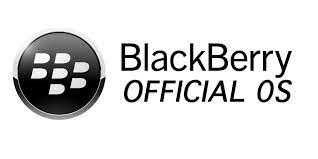 |

2012


However a major modification of the OS platform, was done in 2013 based on QNX operating system which they called BlackBerry 10, meant to replace the original BlackBerry OS platform so it could compete with iOS and Android OS platforms that would in turn give Blackberry MobilePhone users the experience of modern smartphone operating systems.
 |
The very first rollout of the Blackberry 10 OS on a
device was with the Blackberry Z10 on January 30, 2013, which was
followed with the release of the BlackBerry Q10 SmartPhone. |
|
Both models consist of touch screens: the Z10 features an all-touch design and the Q10 combines a QWERTY keyboard with touchscreen features. |
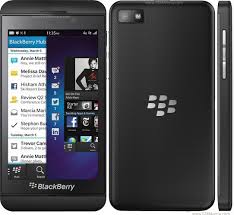 Blackberry Z10 Blackberry Z10 |
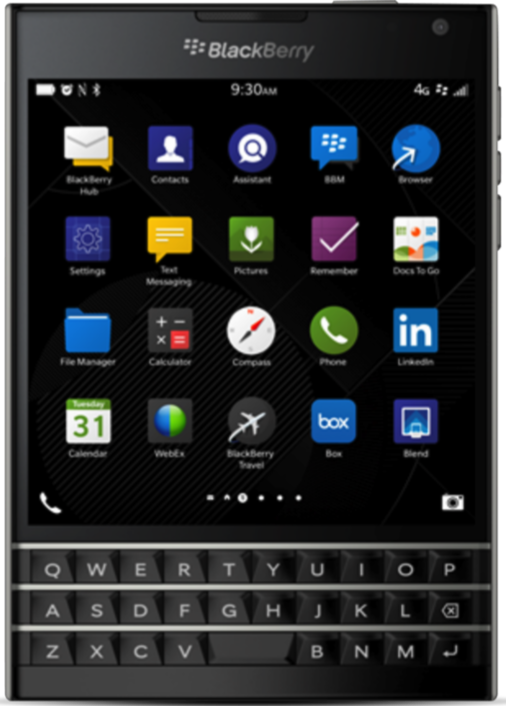 BlackBerry Passport BlackBerry Passport |
During the same period, BlackBerry
also introduced the new BlackBerry Passport handset — consisting of a 4.5 inches square
screen with "Full HD-class" (1,440 x 1,440) resolution and primarily
targeted at the business and professional SmartPhone users — took the
opportunity to strategically promote its Messenger app and released minor
updates for the BB10 mobile operating system. |
|
During the second financial quarter of 2013, BlackBerry sold 6.8 million handsets. However Blackberry was surpassed by the sales of competitor Nokia's Lumia model for the first time. |
 |

2011
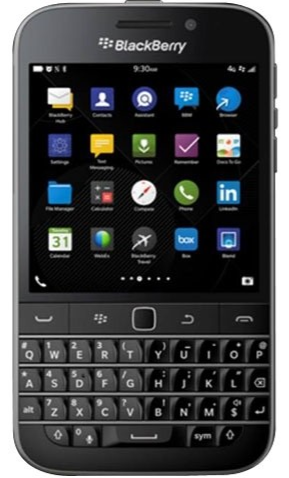 BlackBerry Classic BlackBerry Classic |
On December 17, 2014, the BlackBerry Classic was introduced; a more sophisticated exotic SmartPhone exhibiting all-touch and keyboard-equipped functionality, models such as the BlackBerry Leap, meant to be more in line with the former Bold series, incorporating navigation buttons similar to the previous BlackBerry OS device. |
|
Blackberry announced it would cease designing its own phones on September 28, 2016, in favour of licensing to partners, this was after in 2015, BlackBerry re-modelled and channelled its business in another direction and began to release Android-based SmartPhones. |
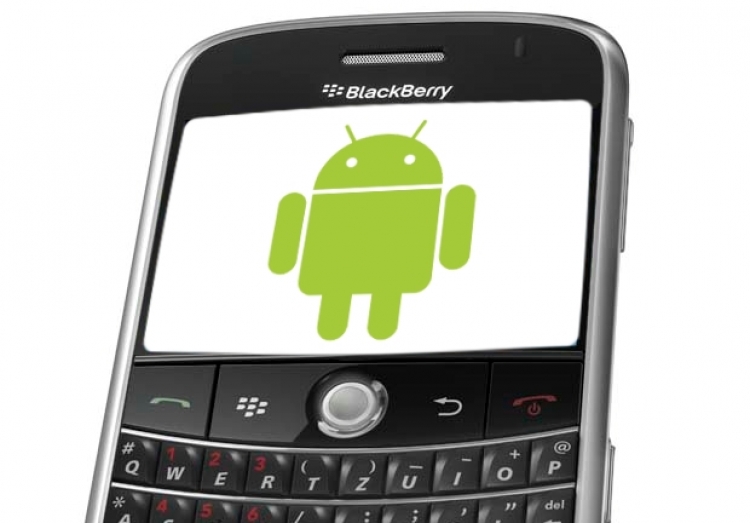 BlackBerry began to release Android-based SmartPhones BlackBerry began to release Android-based SmartPhones |

2010
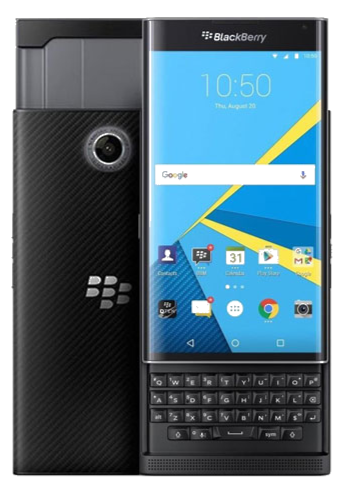 BlackBerry Priv BlackBerry Priv |
Beginning with the BlackBerry Priv slider phablet that uses the Android operating system with added security and productivity-oriented features inspired (for businesses users) by the BlackBerry operating systems. And then the BlackBerry DTEK50 was released a mid-range Android model with an on-screen keyboard, the BlackBerry DTEK50 was powered by the current version of Android, 6.0, Marshmallow, featuring a 5.2-inch full HD display. |
|
|
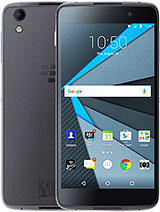 BlackBerry DTEK50 BlackBerry DTEK50 |

2009
|
However it was the newer models that had colour displays installed, coupled with optimisation for "thumbing", the use of only the thumbs to type on a keyboard with the aid of SureType which the Storm 1 and Storm 2 had, a full qwerty keyboard compacted to only 20 keys, built to make texting really quick. Invented by Research In Motion (RIM) |

2008
|
|
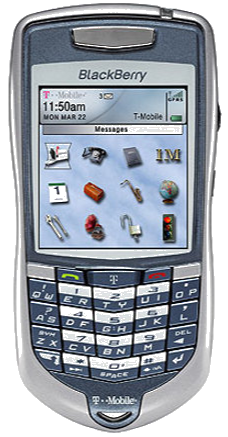 BlackBerry 7100 BlackBerry 7100 |

2007
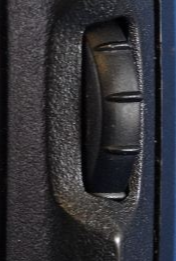 Scroll Wheel Scroll Wheel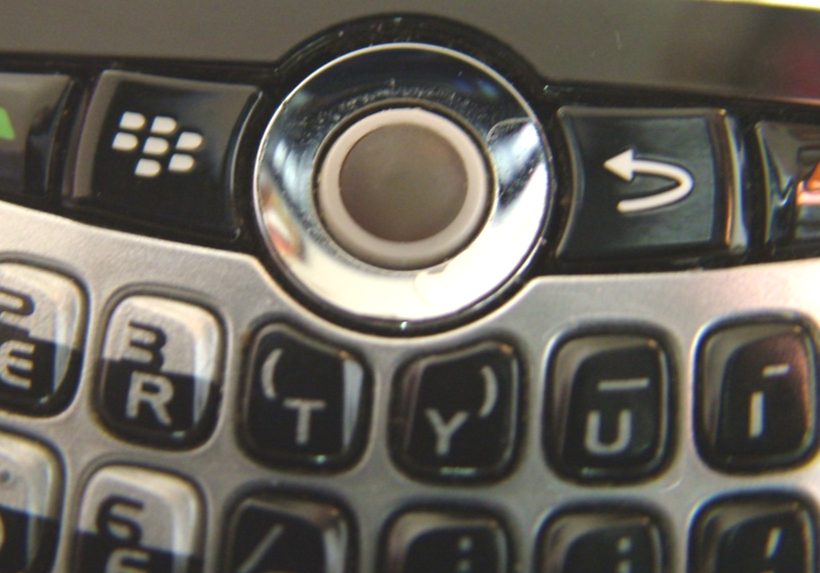 Trackball Trackball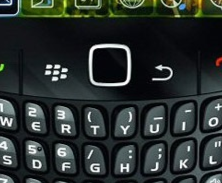 Optical Trackpad Optical Trackpad |
Initially the use of a scroll wheel mounted on the right side of earlier device models acted as the navigation system access tool, this was before the 8700. With the release of the Pearl series came the trackball which allowed four-way scrolling, replaced the track-wheel, and then the track-ball was replaced by the optical track-pad through the release of the series. |

2006
RIM announced it has passed the one-million subscriber mark on its 20th anniversary year of 2004 and by the end of the year more than two million subscribers were using its devices.

2005
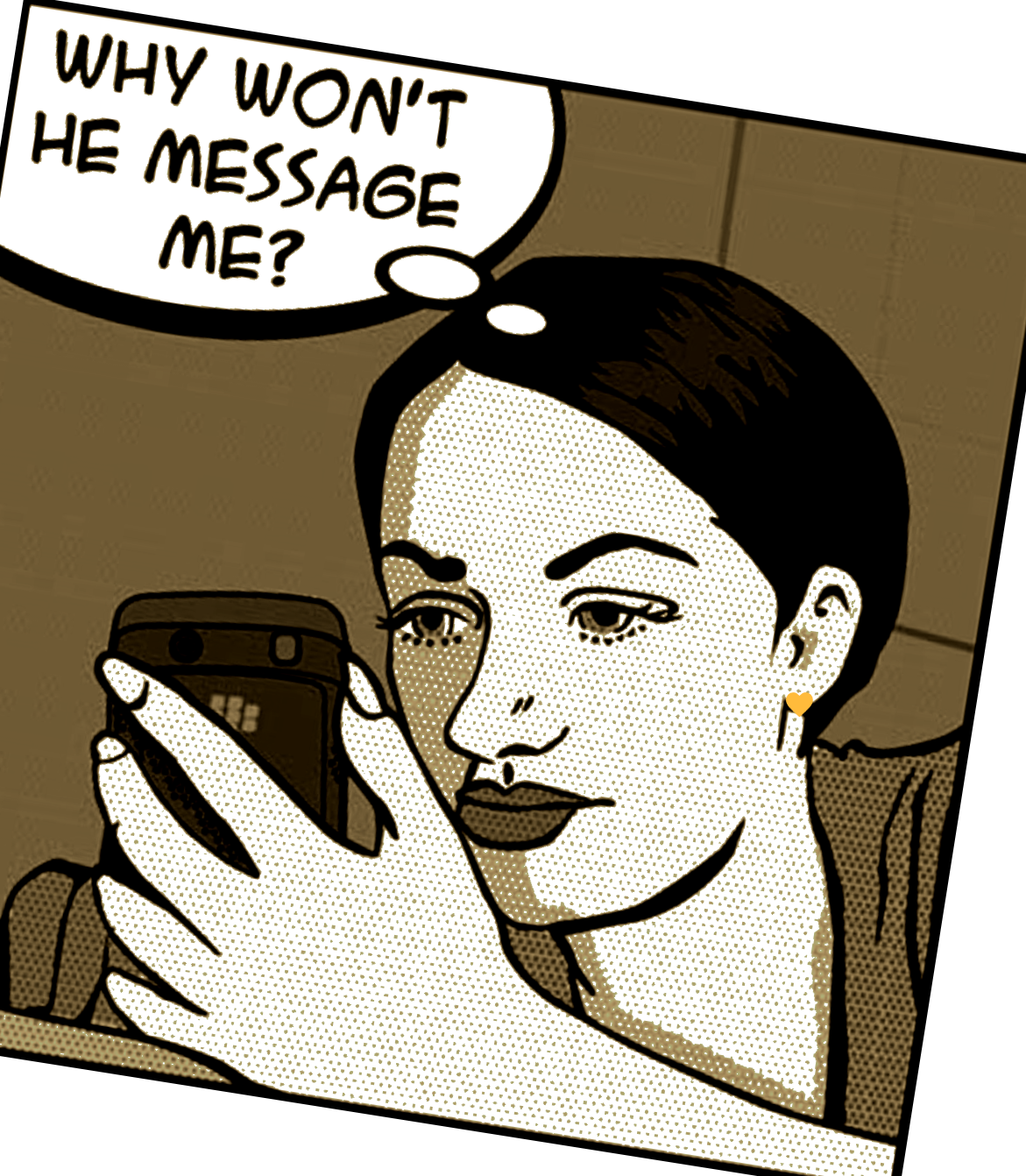 |
BlackBerry's benefits and its social ills had all the talk about how people were so addicted to Blackberry hence the term "CrackBerrys" came into effect.
It was really about BlackBerry use by professionals and how tough it was on some families. studies showed that even though spouses felt the only appropriate use of BlackBerrys was during business hours, a large number felt their partners inappropriately used their BlackBerrys several times a day. |

2004
However RIM did comeback with a statement saying that people can develop BlackBerry dependence, not addiction, its purpose is to improve quality of life because of the benefits of personal communication quickly and quietly in a way that didn't bother other people.

2003
|
|
 |

2000

1999

1998

